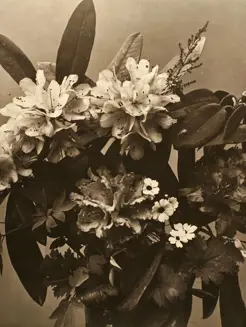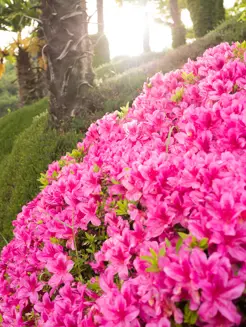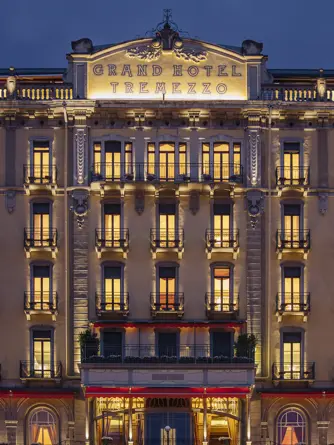In the realm of the rhododendron

It was truly a global frenzy, on par with the Gold Rush in sheer madness; hardly a coincidence that they took place in the same century. (While we are on the subject – hats off to all those intrepid explorers of the 1800s!) But this time it wasn’t gold they were after;
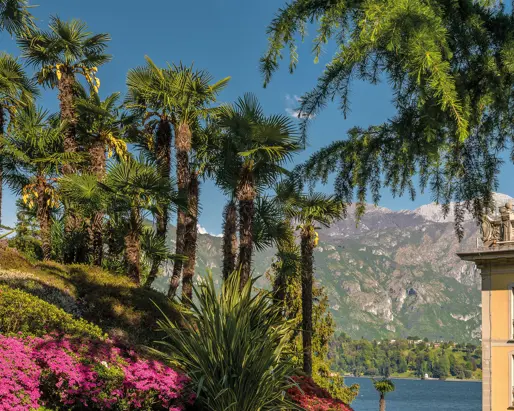
What drove the old world’s most famous botanists to near hysteria was an entirely different yet equally precious prize: the radiant, multi-colored rhododendron. One reason the Grand Hotel Tremezzo gardens are home to such an extraordinary display of rhododendrons is because our very own Tremezzina just happens to have the perfect natural habitat for these Himalayan beauties. Rising above them are the mountains; down below, their roots find fertile soil in the acidic sediment of an ancient glacier; the Lake Como air is crisp and clear.
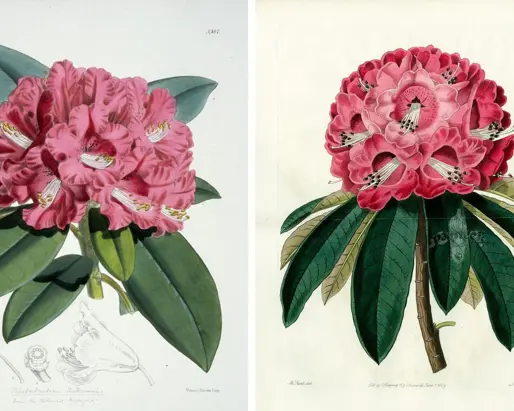
Rhododendrons and secret empires, intercontinental trade and foreign expeditions – now, we are getting closer to the history of our own garden. Everything changed when Joseph Hooker, one of England’s most renowned botanists, director of the Royal Botanic Gardens of Kew and close friend of Charles Darwin, was granted permission to explore the autonomous kingdom of Sikkim, whose borders were closed to Europeans. From 1847 to 1851, Hooker roamed across Tibet, Bhutan, Sikkim and Nepal – where rhododendron is the national flower and grows as tall as five or six meters, as Paolo Cognetti recounts in his beautiful novel Otto Montagne – and collected more than 25 different varieties of rhododendron, including our Rhododendrum arboreum. In his diary, he writes of monsoons, frostbitten fingers and snow-blindness, not to mention nasty scrapes, leech bites and altitude sickness. The success of the expedition was undeniable, however, and his books The Rhododendrons of Sikkin-Himalaya with its beautiful illustrations and the expedition’s diaries Himalayan Journals – dedicated to Charles Darwin! – became bestsellers after publication in Calcutta in 1854. The same fate awaited the rhododendrons, as they began their triumphant march across Europe’s gardens, more than nine hundred varieties in all.
The first to discover the rhododendron’s dazzling beauty were the Greeks, who also gave them their name: rhodon for rose and dendron for tree. We didn’t have the first scientific studies of the plant until Flemish botanist Charles l’Ecluse published his in the 16th century. By 1656, the first specimen of Rhododendron hirsutum had arrived in Britain from the European Alps. There was something about this flower, perhaps its resemblance to the rose, or maybe its rich, vibrant colors, that piqued the adventurous spirit and evoked new frontiers of travel, exploration and conquest. In 1736, a few never-before-seen species of rhododendron left the British colonies in America and arrived “home” thanks to a trade agreement between celebrated American botanist John Bartram and Quaker merchant and plant enthusiast Peter Collinson from England. King George III of England couldn’t get enough of them, as the rarest of specimens discovered in Spain, Armenia and Siberia reached the British Isles. A new specimen arrived in London by way of China in 1844, the splendid Kirishima-tsutsuji, a Japanese variety described in 1712 by German naturalist Engelbert Kaempfer during his long trip to the Land of the Rising Sun. He published The History of Japan in 1727, and it remained the preeminent source on Japan through the nineteenth century. After all, foreigners were banned from entering the country by the imperial court in Kyoto until 1867.
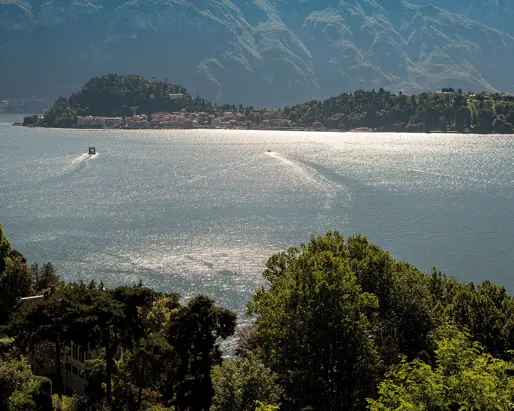
In 1887, Britain’s administrator in India Richard Temple recalled that it was seeds collected by Hooker’s expedition in Sikkim that spawned most of the rhododendron trees in England. Cut to Villa Carlotta, our closest neighbor, where George II, Grand Duke of Saxe-Meiningen, a passionate botanist with ties to the English crown, began designing his impressive park in the second half of the 19th century. Among his landscape architects are experts from England, and among the endless varieties of plants from every corner of the British Empire are rhododendrons. If you recall that Grand Hotel Tremezzo was an extension of the Villa Carlotta gardens in the early 20th century, it all makes sense. And if, at the top of our garden – with the gray mountains above, the blue lake below, and pink, white, lilac, violet and fiery red rhododendron blossoms all around – you fancy yourself in the Himalayas, it is not just your imagination. You are closer than you think…
